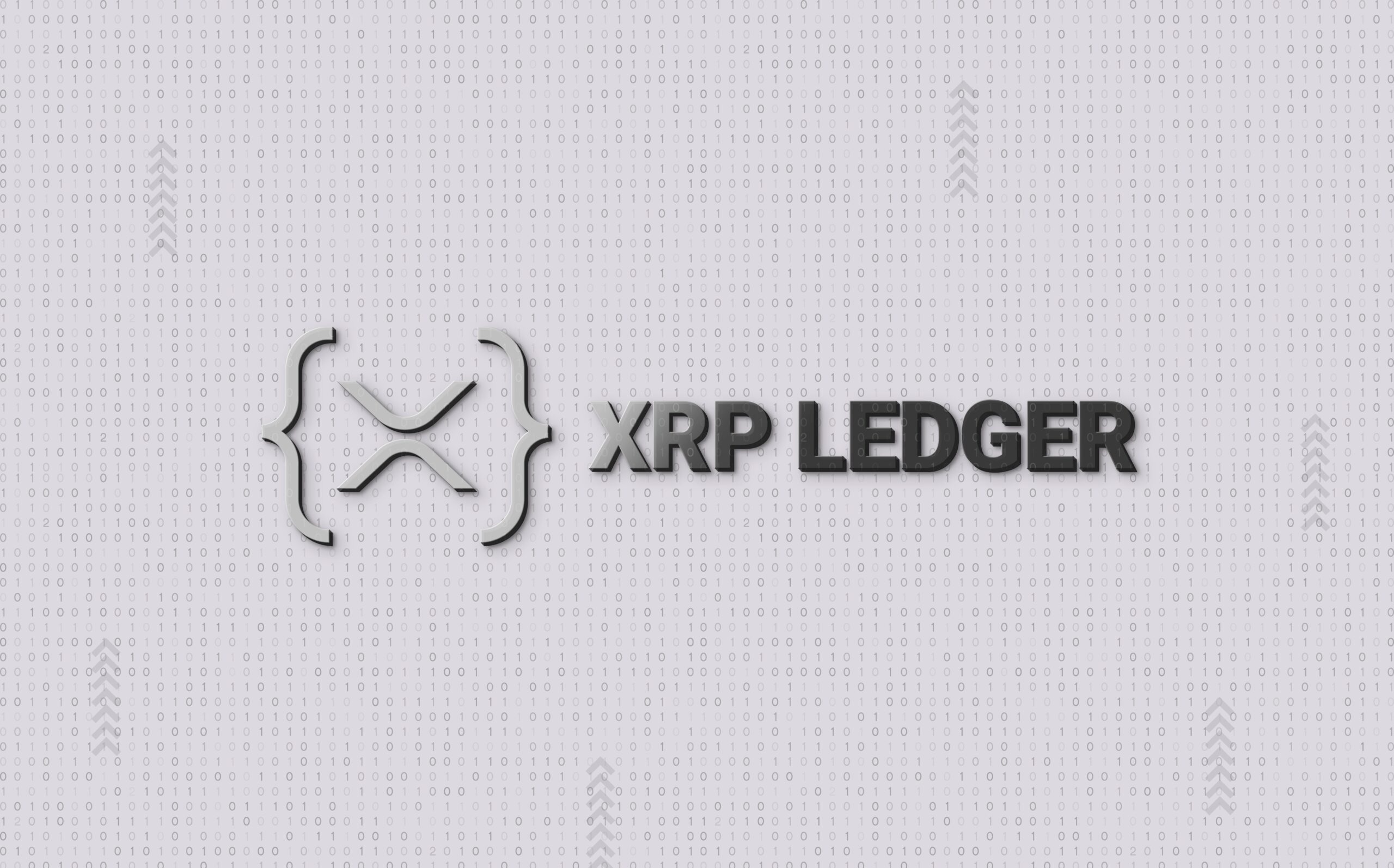Key Insights:
- XRPL faces unprecedented stress from a DDOS attack, significantly disrupting network operations and user transactions.
- The attack’s method, involving microtransactions from numerous wallets, is straining XRPL’s resources and inflating network fees.
- Despite XRPL’s high transaction capacity claims, current issues at lower volumes raise concerns about its scalability and robustness under stress.
The XRP Ledger (XRPL), supported by Ripple, finds itself in the throes of an unusual surge in network activity. Magnetic X, a decentralized exchange operating on XRPL, describes this surge as a distributed denial-of-service (DDOS) attack. Since December 28, 2023, the network has been inundated with an average of 5 million daily transactions, significantly increasing from its normal activity levels.
The DDOS Attack on XRPL
Significantly, attackers are deploying a simple but effective tactic. Hundreds, possibly thousands, of wallets, send microtransactions to a specific wallet. These transactions, while small, cumulatively burn a considerable amount of XRP in network fees. This strategy has strained the network and impacted regular users and blockchain developers. Due to this, network fees have surged, affecting even those not involved in the attack.
Moreover, the targeted wallet in question, having received vast amounts of XRP, has been tagged as fraudulent on the XRP blockchain explorer platform Bithomp. The wallet’s balance exceeds 11,000 XRP, equating to around $6400. This development adds another layer of mystery to the ongoing situation.
However, Mayukha Vadari, a Senior Software Developer at XRPL, offers a different perspective. He suggests the surge might be linked to increased trading activity of potentially fraudulent inscriptions within the network. While plausible, this explanation does not fully account for the scale and nature of the observed transactions.
Additionally, the attack has directly impacted Magnetic X. On January 6, their nodes became overloaded, slowing down significantly. This disruption hindered access to transaction histories and network updates for certain applications. In response, Magnetic X has been working diligently to optimize code, adjust node configurations, and acquire additional resources.
Assessing XRPL’s Network Capacity and Future Readiness
Furthermore, this situation raises concerns about XRPL’s capacity to handle large volumes of transactions. Currently, the network struggles with 60-70 transactions per second, a far cry from its claimed capability of 1500 transactions per second. This disparity raises doubts about the network’s preparedness for future scaling challenges, especially for public nodes or those with limited capacities.
The ongoing situation on XRPL poses critical questions about network security, scalability, and the motives behind such attacks. It underscores the need for robust systems capable of handling unexpected surges in activity while safeguarding the interests of regular users and developers.
